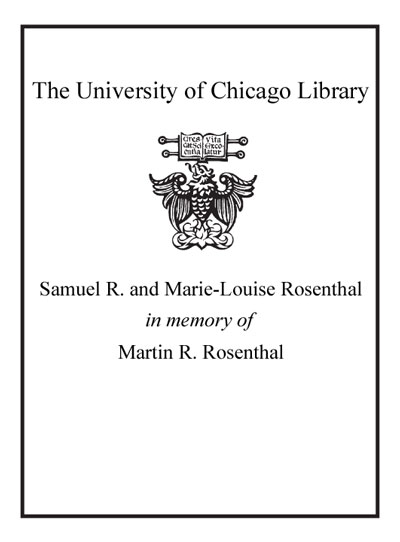Review by Booklist Review
In this chunky graphic novel, fortyish Vincent Carl Santini recalls his senior year (1970-71) in high school. But first he retreats to August, before school opened, when he adopted a scruffy dog his parents quickly made him give up, before advancing a little into senior year and the time he got arrested while carrying drugs. By the time he is through with those stories, the book is three-quarters over. He can't help digressing, you see, to tell us about his Jewish mother and Italian Catholic father; how he was known as Carl, not Vincent; his best friend "Shane"; his fear of death; and his strong religious sensibility, despite his boredom with Judaism and Catholicism. Each digression is richly detailed and packed with humor, as are the stories they augment, which finally include those of his honors English class, the first girl he really loved, and the hilariously anticlimactic "trip" during which he discovered "the key to the universe" (actually, his first real sense of himself in the world). To contrast the narrator's present and the narrative's past, Barr draws the adult Santini realistically and young Carl as a caricature, filling both styles with expressive gestures varying from the explosive to the nuanced. As graphically distinguished and creatively novelistic a graphic novel as has ever been, this is a classic of the form. --Ray Olson Copyright 2003 Booklist
From Booklist, Copyright (c) American Library Association. Used with permission.
Review by Publisher's Weekly Review
On an ordinary night in an ordinary Brooklyn neighborhood in the 1960s, Vincent Carl Santini, alienated high school senior and budding philosopher, meets his guardian angel in the form of a stray dog. It takes the length of this book to tell readers why this hound is so special, and details are still murky at story's end. But Carl spins such a madly glorious tale of the confusion and transcendence of his teen years that readers may excuse his wanderings. DeMatteis's story is hypnotic, and Barr's b&w artwork keeps pace with the plot's twists, swooping from pencil to watercolor to ink as he captures the wild enthusiasms and fears of Carl's world. The book begins with Carl depicted as a Masterpiece Theater sort of narrator, sitting alone in a chair, waiting to raise the curtain on his senior year in high school. The set is an archetypal apartment building in a solidly middle-class neighborhood. The cast includes Carl, his best friend and Carl's volatile family. His father is a brash, emotional Italian; his mother is a nervous Jew. Sixteen-year-old Carl mostly sits on his stoop and reads, as jaded with life as only a teenager can be. The stray appears and Carl adopts it, but gives it away at the local police precinct. A few weeks later he's back at the station, this time taken in for drug possession. In between these two episodes, Carl recalls earlier memories of friends, the black humor of his Uncle Fred's funeral, his parents' bottomless capacity for melodrama, and life's meaning. (Sept.) (c) Copyright PWxyz, LLC. All rights reserved
(c) Copyright PWxyz, LLC. All rights reserved
Review by Booklist Review
Review by Publisher's Weekly Review

